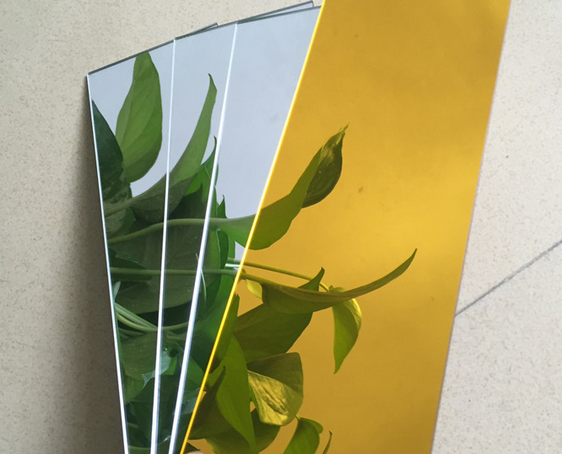As one of the PMMA Acrylic Manufacturers, let's share some ways to distinguish between acrylic sheets and plexiglass.
1. Material properties: In general, acrylic sheets are commonly used in some high-end and exquisite display items, such as jewelry display stands. Plexiglass refers to the use of some very simple processes, very thin, commonly used in light box sheets and small panel displays, such as plexiglass data boxes and so on.
2. Specification Thickness: Acrylic sheets are generally heavy and heavy, with a thickness of approximately 0.5 mm or more. Plexiglass is light and thin.

3. Sensory: The transparency of acrylic sheet is very clear, there is no impurity, so it is also called "crystal". The feel and texture are very good, it makes people feel elegant and high-grade, and because the transparency of acrylic sheet is pure natural. Colorless and transparent, so most of them are used to make beautiful crafts or jewelry display cabinets. Plexiglass, its transparency is more general, because many people have insufficient understanding of plexiglass, often confusing plexiglass and plastic board and PVC, most of the plexiglass has a little yellow.
4. Use: Acrylic sheet making and licensing cards are often called "Crystal Cards". And plexiglass, often called "plexiglass propaganda", "organic silk screen" and so on.
Our company offers Double-sided Acrylic Mirror Sheet. Welcome to contact us.
评论
发表评论